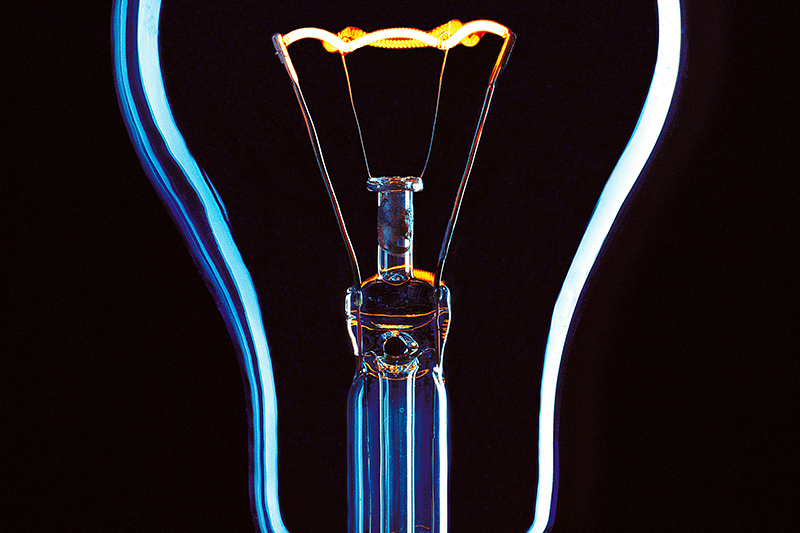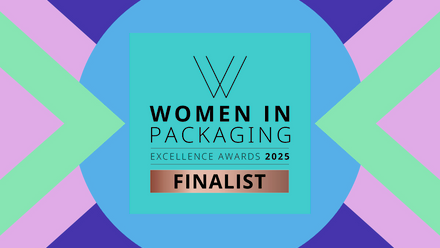Fluorescent lightbulbs are not all spent
All 17 rare-earth metals can now be collected from spent fluorescent lightbulbs, claim scientists in Germany.

The team at the Institute for Functional Interfaces describes how their process recovers the mixtures of rare-earth-based phosphors from the thin coating inside fluorescent bulbs.
They have used a wire coil to externally apply a magnetic field to a glass chromatography column with stacked disks of stainless-steel mesh.
After obtaining three different weakly magnetic rare-earth phosphors from a lamp manufacturer, the group mixed phosphor particles in a liquid solution with non-magnetic silica oxide and strongly magnetic iron oxide nanoparticles, representing glass and metal in the bulbs, respectively.
Injecting the liquid to flow through the column, the phosphors and iron oxide nanoparticles then stick to the magnetised stainless-steel mesh, while the water and silica particles flow out.
To remove the phosphors, the researchers have slowly reduced the strength of the external magnetic field while rinsing the column with liquid.
Finally, the strongly magnetic nanoparticles are released when the magnetic field is turned off. They have managed to recover 93% of the rare-earth phosphors from the initial mixture.







